Is 12 Mp Camera Good
In 2021, several big players in the industry including Apple and Google are however using 12MP cameras in their flagship devices. Considering 40 megapixels has been common for years and 108MP main sensors have also entered the market, what gives? Why has it taken so long for the large guns to put more than importance on the resolution of their cameras? It'due south quite simple: 12MP is the ideal resolution for smartphone sensors.
There are several reasons for this, including storage space, processing time, and depression low-cal photo quality. Video resolution and viewing devices also play into how large a camera sensor should be. Then there are indirect effects like battery life and camera app performance.
Permit'southward swoop a little deeper into some of those areas to see why 12MP is the optimum smartphone camera resolution right now.
More pixels = more than data
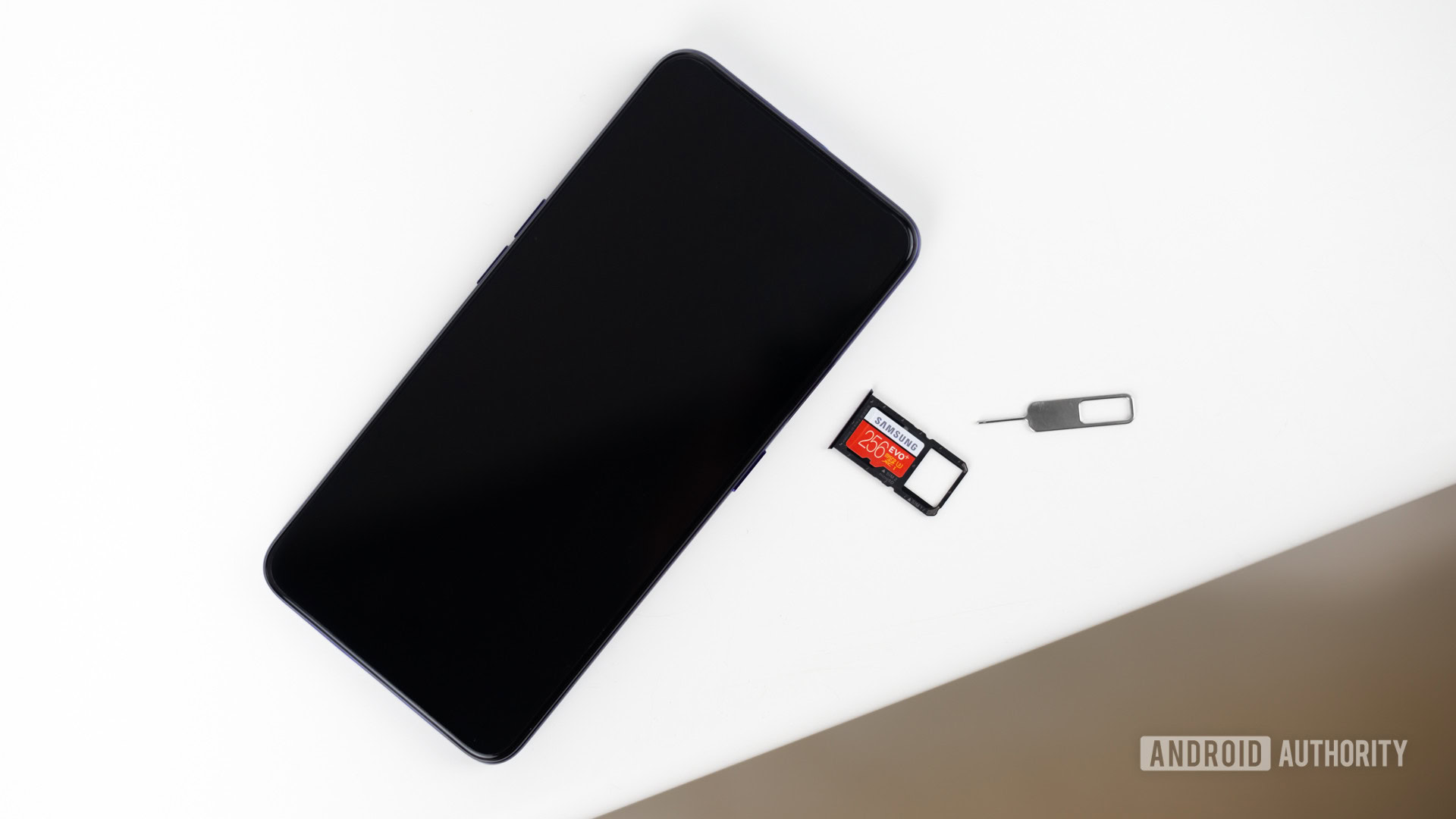
Edgar Cervantes / Android Authority
More pixels generally means more than data to process (at least for full-resolution shots), resulting in slower processing times and shorter battery life. This is especially true in more demanding scenarios like taking Dark Mode photos or Portrait Mode shots, where there's a lot more processing involved.
In fact, it's not uncommon to find phones with ultra-loftier resolution cameras that don't offer HDR, nighttime fashion, or other avant-garde modes when shooting at full-resolution. There'southward simply besides much data to procedure.
Not only does a higher resolution need more processing power then, simply information technology too demands more than storage and bandwidth too. With fewer phones sporting a microSD carte du jour slot these days, cloud storage is an increasingly attractive fill-in method.
The result is that if you've got a low data cap, yous may have problem uploading a bunch of snaps when not on Wi-Fi. You besides finish up needing to pay for larger cloud storage plans if y'all take lots of shots and upload video.
We view images on sub 10MP displays
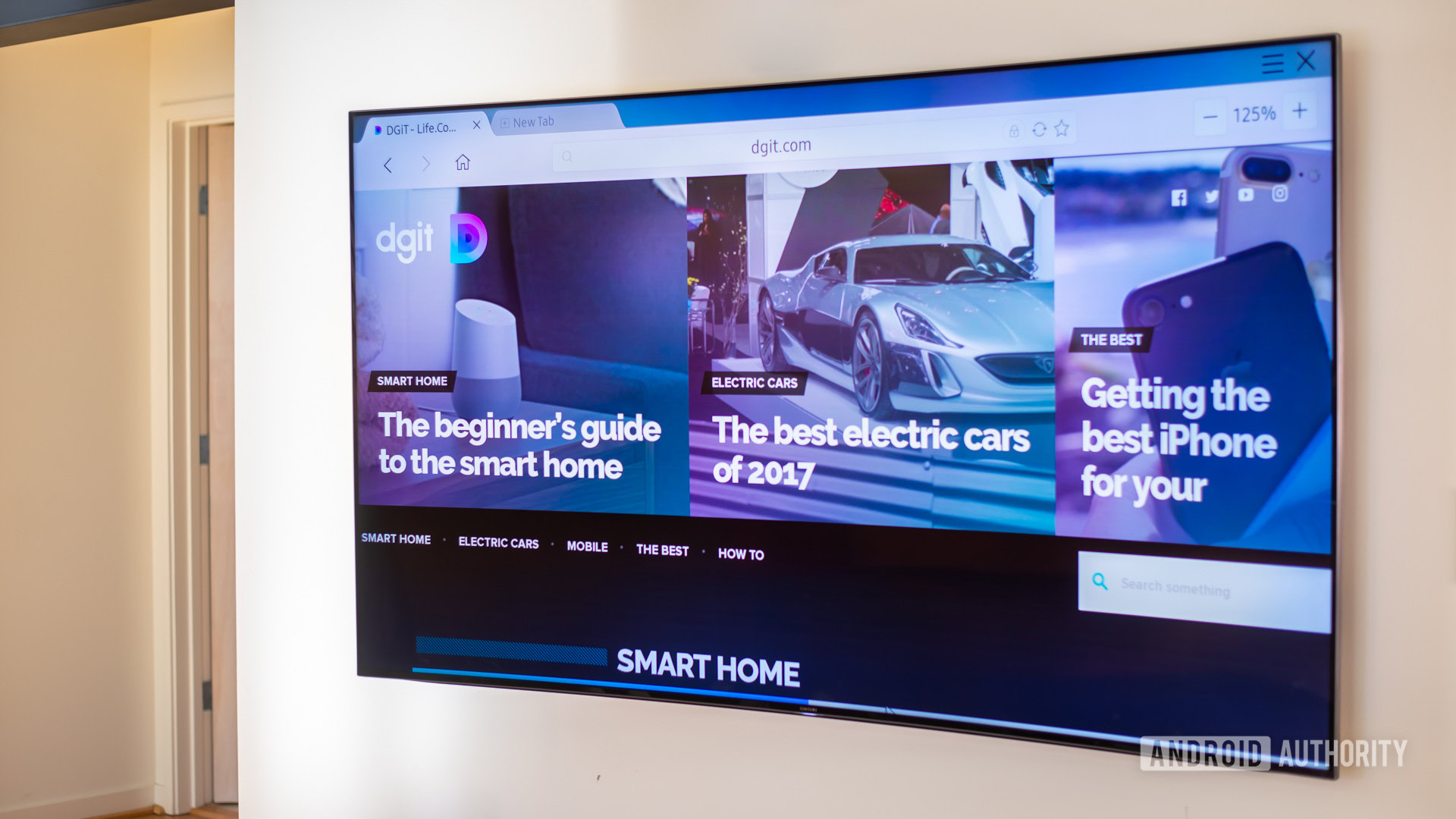
Here'due south some other difficult truth for megapixel obsessives: Most users aren't viewing the loftier-resolution images that we share from our phones on Ultra Hd displays, and even if they were, that'south only an ~8.3MP canvas.
Ultra Hard disk is still simply ~8.3MP
12MP is more enough resolution to look well-baked on pretty much whatever display — telephone displays, digital photo frames, computers, TVs, and even projectors! To become the most out of a 12MP image on an Ultra Hard disk drive display, yous'd demand to zoom in. Fun fact: many telephoto cameras from the industry's biggest names are 12MP or beneath, anyhow.
The nigh popular video resolution caps out at ~8.3MP
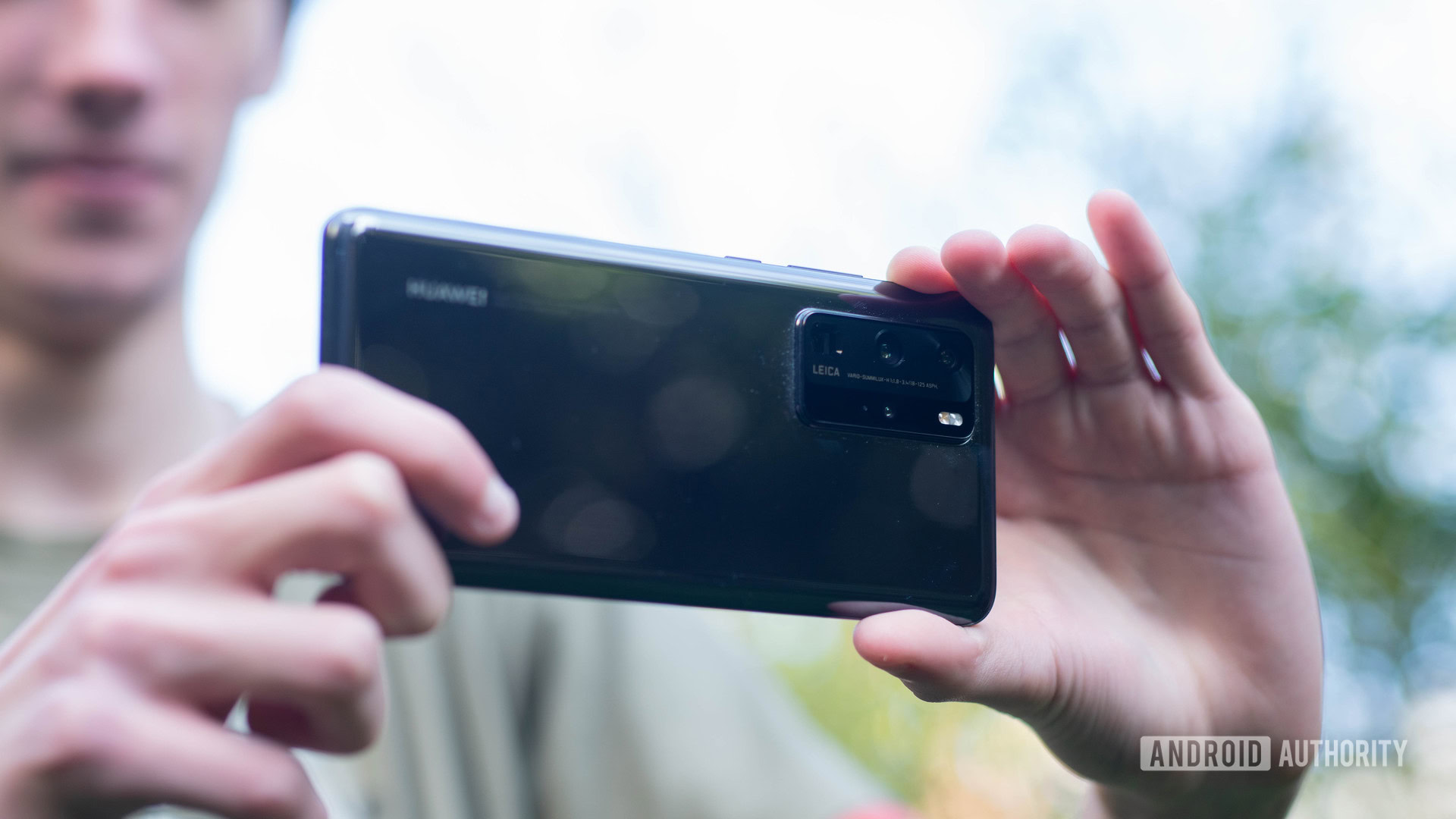
Ultra HD 4K video has been the standard in smartphones for well over five years now. If you don't have it, you likely take a low-stop smartphone. Since y'all don't even demand more than 10MP to be able to shoot at 4K, 12MP is more than enough to get you going — as long as your SoC and ISP can handle shooting 4K video. This means that whether you want to shoot UHD 4K at 60fps, or 720p video at 960fps, a 10MP sensor volition practise yous but fine.
The Qualcomm Snapdragon 865 and Snapdragon 888 SoC brought 8K video recording. It should be noted that to be able to shoot in 8K you'll need a sensor with a resolution of effectually 33MP or higher. I valid reason to record in 8K is that you tin care for information technology similar a outburst mode, grabbing high-quality frames from a recorded prune. However, 8K displays aren't affordable or ubiquitous enough to justify the choice solely for video. Space is too a business organisation with 8K, even with new codecs that shrink file sizes downwardly.
Resolution isn't the be-all and end-all
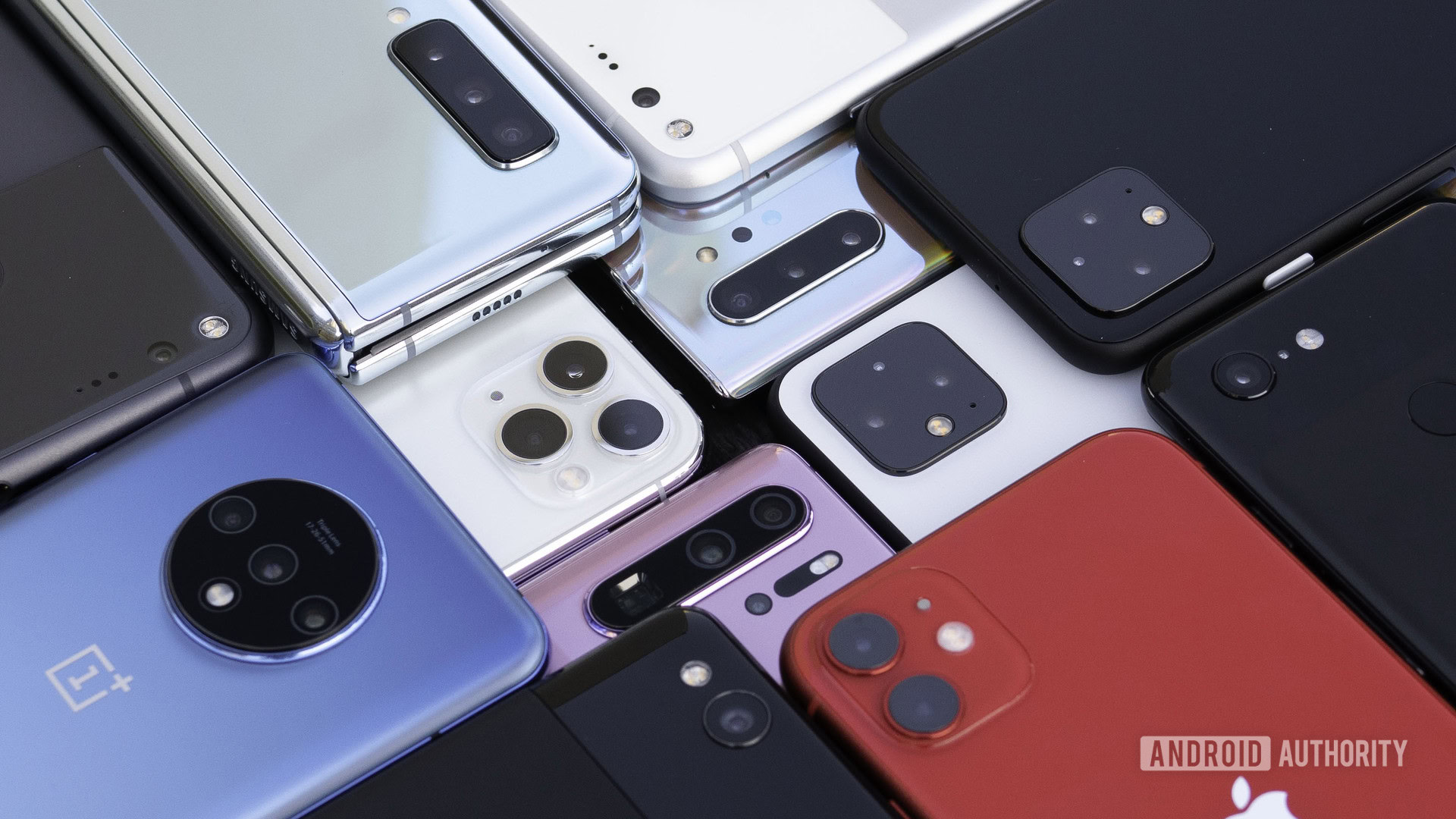
The amount of pixels in your photo isn't the be-all end-all — other factors come into play. Dynamic range, color accuracy, lens quality, image processing, and user feel are all vital to be able to create neat photos. Evidence of this is easy to find in the Pixel five, iPhone 12 series, and Samsung Milky way S21.
Comparison a 12MP camera from 2016 to a more modern camera is another keen way to illustrate how important other aspects of photography are. Below is a shot comparing the original Pixel confronting the Pixel 4. They both sport 12MP photographic camera sensors, yet the Pixel 4 captures much more than colour data and has better dynamic range. This is due to newer hardware, and a jump forward in software processing on Google's front, with HDR+ technology doing the majority of the heavy lifting.
Where Google'southward Pixel phones rely on the search behemothic'due south software to achieve the best results possible, many OEMs rely on a technique chosen pixel binning. The net upshot of this technique is that it brings the effective pixel count down by iv times (or by nine times with some 108MP cameras). This means that a 40MP sensor is going to produce a 10MP paradigm. So even though your phone may have 48MP stamped on the back of it, you're just actually getting 12MP photos when you printing the shutter push button.
With pixel binning, you're getting ane-quarter final paradigm resolution
OEMs use pixel binning techniques to increase calorie-free gathering capabilities past merging information from four smaller photosites together. When you want a high-resolution image, you simply switch to the native resolution style merely sacrifice low-light functioning and dynamic range. The effects of pixel binning — higher dynamic range, more colour information, improve low-light operation — can be had with natively larger photosites seen on most 12MP cameras.
Keep reading: Samsung Milky way S11 tipped to conduct the best 108MP camera and then far
Granted, you'd lose the option to capture more detail with a 12MP camera, but in render, you'd become a lower cost and potentially brighter images from the kickoff. Of course, this depends on the individual manufacturer and model of the phone due to different processing techniques.
Software and processing are more of import
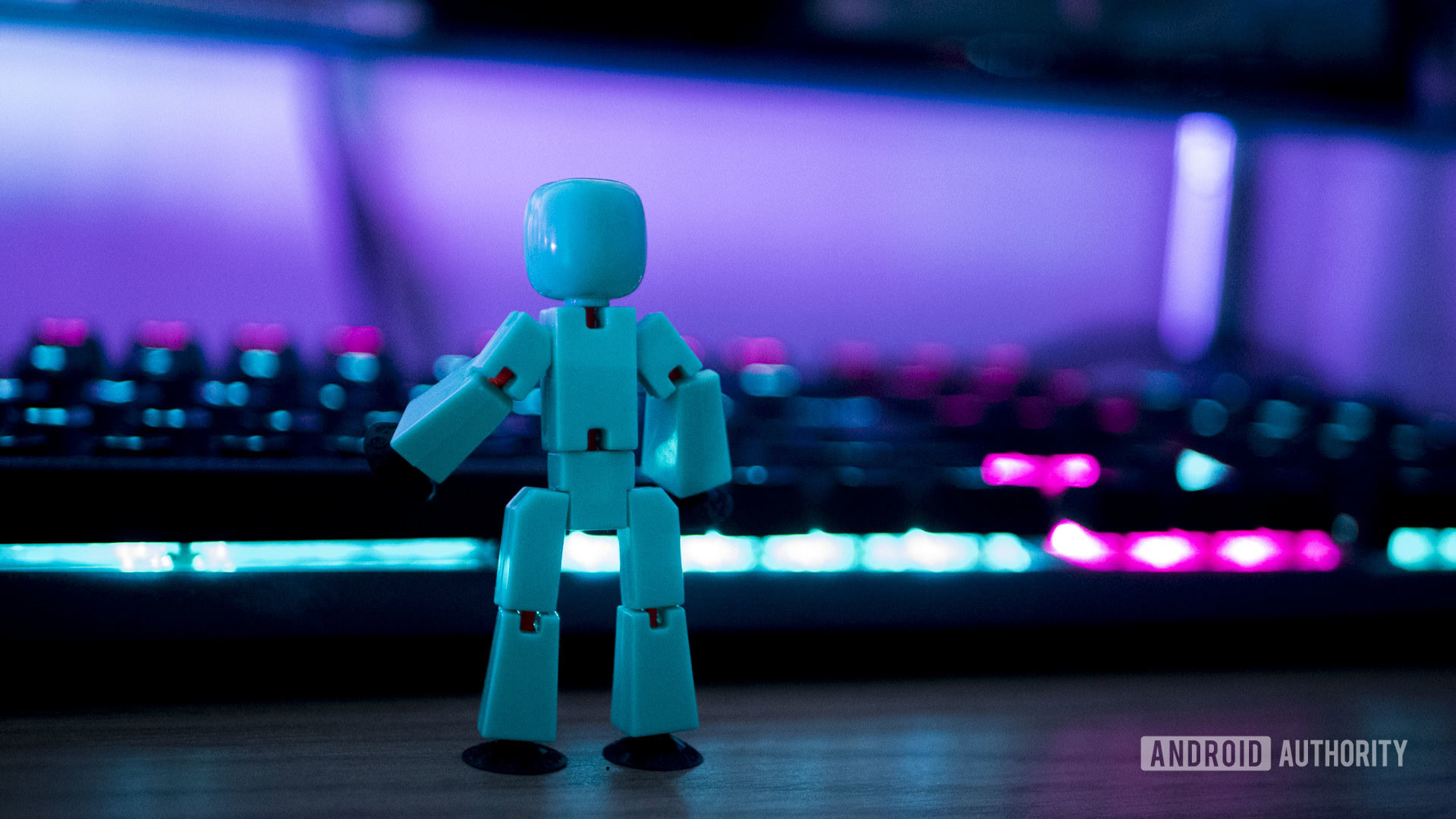
"AI camera" is a term thrown around by a lot of companies. Whether nosotros're talking about software from Google, Huawei, Apple, Samsung, or any other manufacturer, image processing plays a massive role in the final image.
Image processing plays a massive part in epitome quality
Below is an example of a photo taken with the stock camera app on the OnePlus 7 Pro compared with one taken on the same telephone using the Google Camera APK. You can run across how different the colors, sharpness, and dynamic range are. Google'south version of this image has and so much more dynamic range which is most axiomatic in the left half. The colors are also far more representative of real-life in the Google Photographic camera photo. OnePlus' version features more contrast and saturation but ultimately lacks the clarity of the Google Camera picture.
Depression light and pixel size
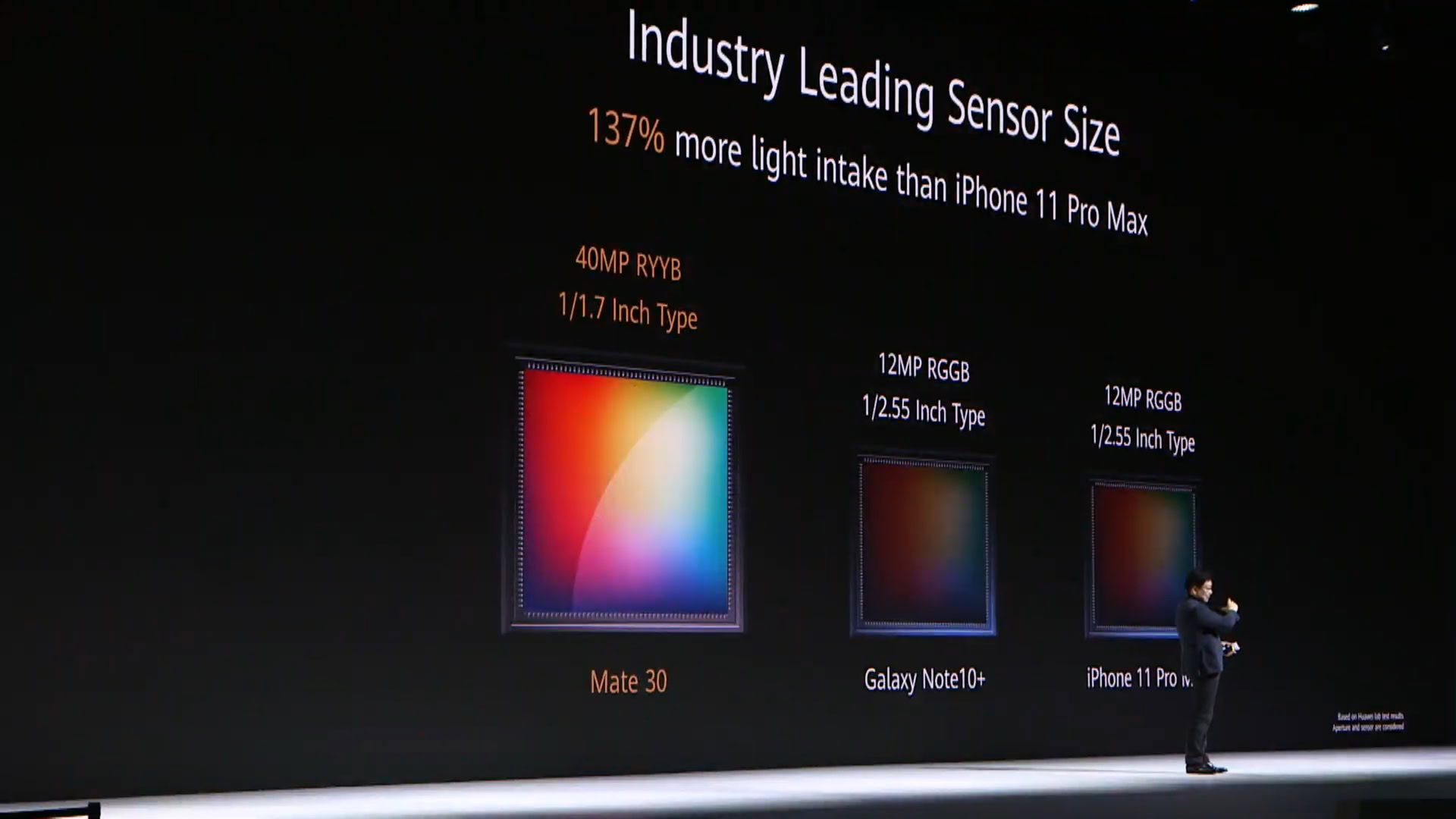
As we mentioned before, 12MP cameras commonly allow for larger individual pixels than super high-resolution sensors. The larger the pixel size, the more light each pixel tin capture. A 12MP half-inch sensor would produce far cleaner low light shots than a 48MP one-half-inch sensor, given that every other variable is equal. Here's an example of Machine Mode vs. 48MP way on the Xiaomi Mi 9. The results are staggering! Only wait at how much color information is lost when switching to 48MP fashion, and the dynamic range falls through the floor.
Pixel size, and therefore sensor size, is very important. It's why we've seen phones similar the Huawei Mate 40 Pro and Xiaomi Mi eleven Ultra use huge sensors compared to Google and Apple. It makes and so much difference, especially in a small form factor such as a smartphone. Night Modes have been introduced to try and brand up for the lack of sensor size, past taking multiple exposures and merging them together. These modes have helped low light images dramatically, but they aren't necessarily a direct replacement for a big camera sensor.
12MP is enough, for now
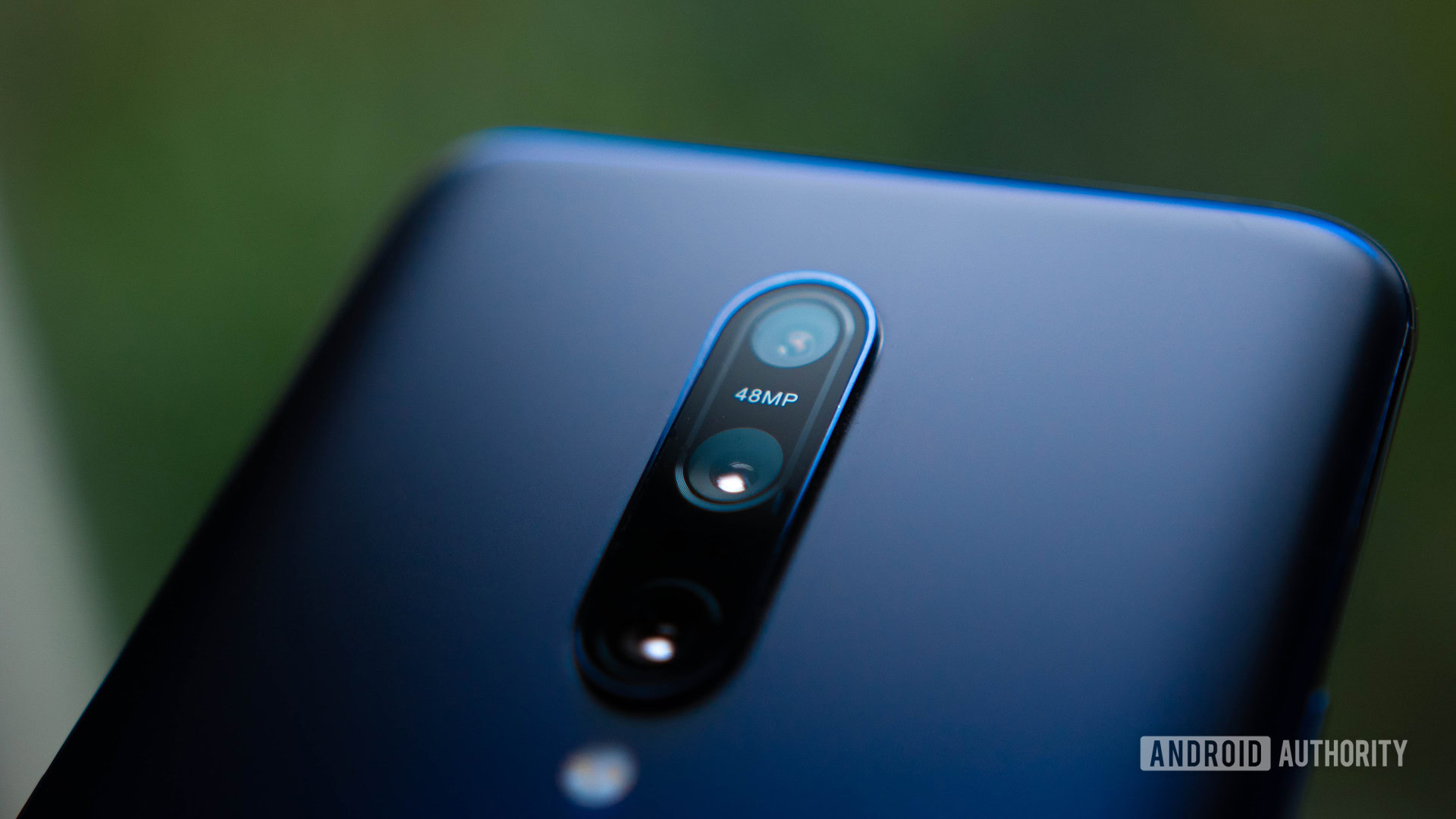
Given the hardware limitations in 2021, such as processing power, storage space, and lens quality, there actually isn't a need to push for higher-resolution sensors right now. Larger sensors with larger pixels provide a much more noticeable improvement to epitome quality than pure pixel count, while a wider focus on optics and software has already enabled growth in the smartphone camera industry.
When higher resolution video, more powerful processors, and faster storage are all standard, we'll start to see the demand for 40MP or higher up. Until then, yet, a 12MP photographic camera will do me only fine.
You know what else makes a great epitome? Knowing how to shoot an aesthetically pleasing ane! Photography is a circuitous art, so we take put together a series of tutorials and learning material for yous to learn more than!
We too have plenty of recommendations for those looking to get new camera equipment!
Source: https://www.androidauthority.com/12mp-camera-phones-1060776/
Posted by: hillsuation.blogspot.com


0 Response to "Is 12 Mp Camera Good"
Post a Comment